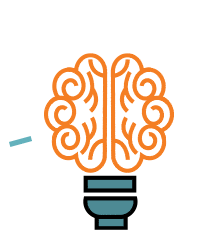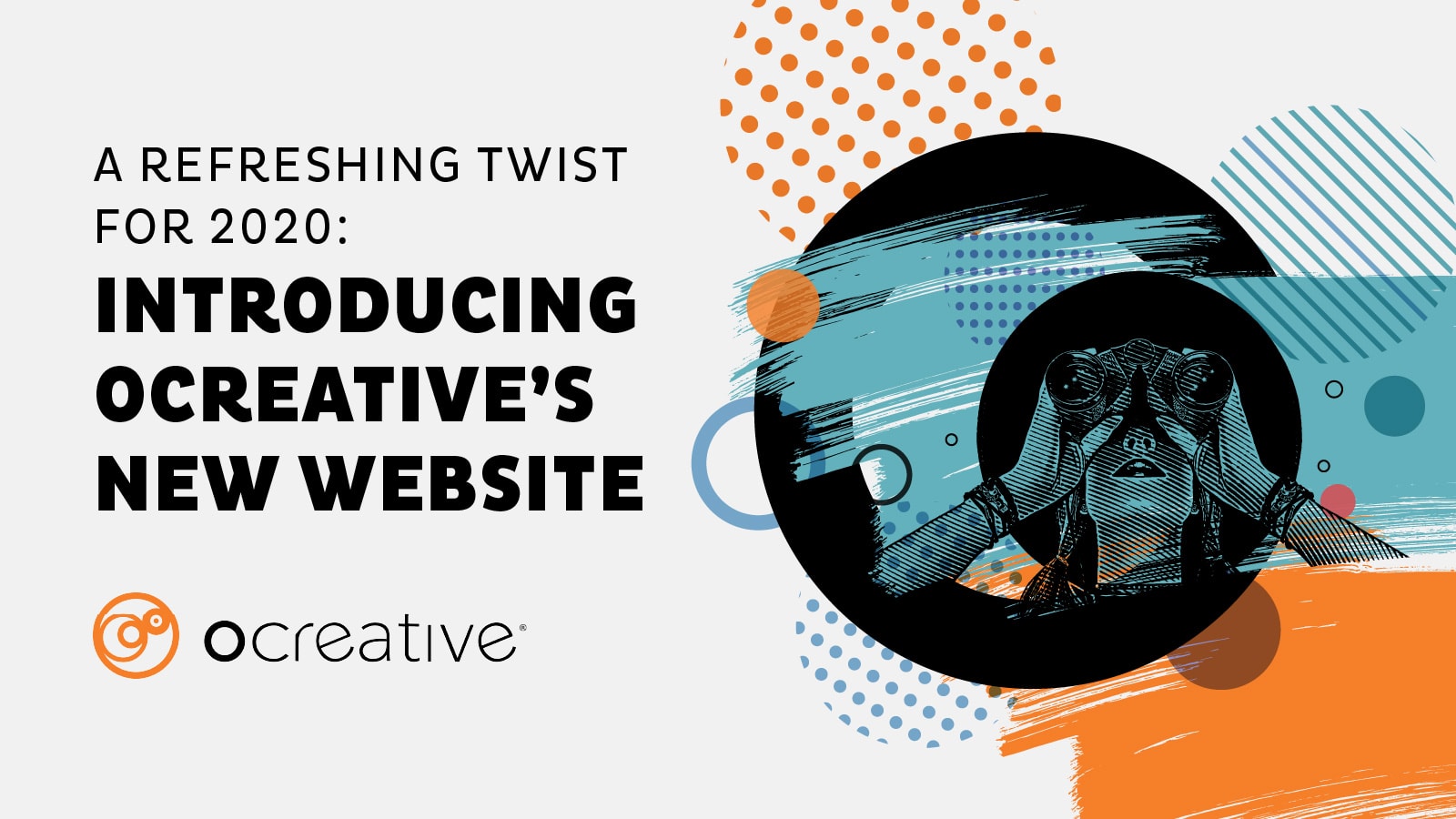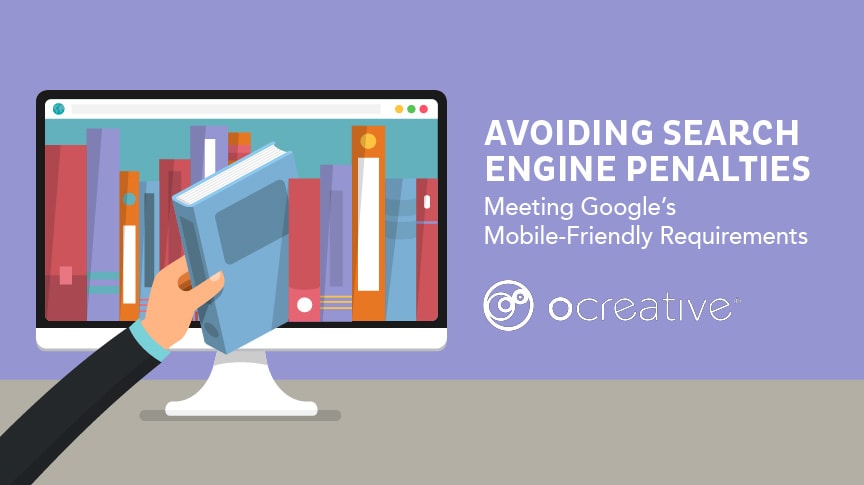Part 2: Intuitive User Experience Drives Conversion
As we covered in the first part of Building Better Websites, thoughtful web design is a crucial component to the success of a website and finding a strong web designer is the key to unlocking that success. Great web designers often work with usability at the forefront of their process – determining design, layout, and navigation based on what users will respond to and what will drive action.

What is Usability?
Usability, often referred to as “user experience” or “UX,” focuses on the needs, abilities, limitations, and expectations of users across the web. (usability.gov) It is a balance between human psychology and capability. Dr. Susan Weinschenk describes it as “matching what is going on in the users’ brains with the constraints and opportunities of the technology of the day.” (UX Magazine) In order to understand what exactly is going on in users’ brains, it’s important to identify the intersections between mental models and trends in interface design.
Understanding Mental Models
Susan E. Carey, Professor of Psychology at Harvard University, has one of the most concise definitions of mental models, explaining that they “represent a person’s thought process for how something works.” She continues by noting that “mental models are based on incomplete facts, past experiences, and even intuitive perceptions. They help shape actions and behavior, influence what people pay attention to in complicated situations, and define how people approach and solve problems.” (Cognitive Science and Science Education, 1986)

Intuitive Design to Enhance UX
Successful websites, those that drive users to complete a desired, predetermined action (IE – purchasing a product, filling out a form, learning new information, etc.) build their user journey strategy around mental models. Having an understanding of user reception of both current interface design trends and empirically proven techniques is an important component in developing easy-to-use sites that drive conversions. According to the Nielsen Norman Group, a world leader in user experience, “It’s a prime goal for designers to make the user interface communicate the system’s basic nature well enough that users form reasonably accurate (and thus useful) mental models.”

But what does this really mean? A good website should have a mix of well-written copy, strong navigational cues, and significant imagery and graphics that effectively guide a user to the desired action of a site. In order for the copy, navigation structure, and images to have an impact, they should be structured in a way that appeals to existing mental models. The user’s journey should feel intuitive to them (intuitive design), based on the above criteria. Users should be able to easily navigate a site to achieve their goal. When considering where to place information, a great web design team must determine where they think the user will want to go and how they will act, before the site is even coded.
Determining the Mental Models of Your Target Audience
Jakob Nielson of the Nielson Norman Group notes that one misconception can thwart users through an entire web browsing experience and cause them to “systematically misinterpret everything that happens on a site. Through failure after failure, they [users] never question their basic assumptions.” (Mental Models) In other words, it’s difficult to change a user’s habits, but we can change the way a site is built to meet these needs.

Finding the Right Agency
Rather than go at it alone, we suggest working with a web design team with a proven record to help you build a site that is meaningful and effective. Rely on the experts to build your site, so you can focus on what matters most to you, your business. Look for agencies with a proven track record – great agencies should list awards, press, and certifications regarding their capabilities. Ask if they have experience in your industry and request specific examples. A strong agency should be able to provide recommendations from past clients along with a suite of work to show their validity. If you are going to spend the money, spend it wisely.
If you are unsure whether your business needs a website or if your website is optimized for your target audience, contact Ocreative today for an evaluation!
About Us
Ocreative is a Milwaukee marketing agency, with expertise and broad experience in developing digital marketing strategies, and growing their online presence, for their clients. The company’s core values include offering the highest level of customer service, award-worthy quality, and performance that surpasses client expectations. Ocreative is located just outside Milwaukee, and works with clients locally, nationally, and globally. Their clients have access to some of the most fun and knowledgeable professionals around – ones who inspire, educate, and problem solve. The agency provides marketing and brand strategy, advertising and design, website design and social media, and video expertise to their clients, fulfilling their desire for business growth, and their aspiration to make a mark on their industry.





